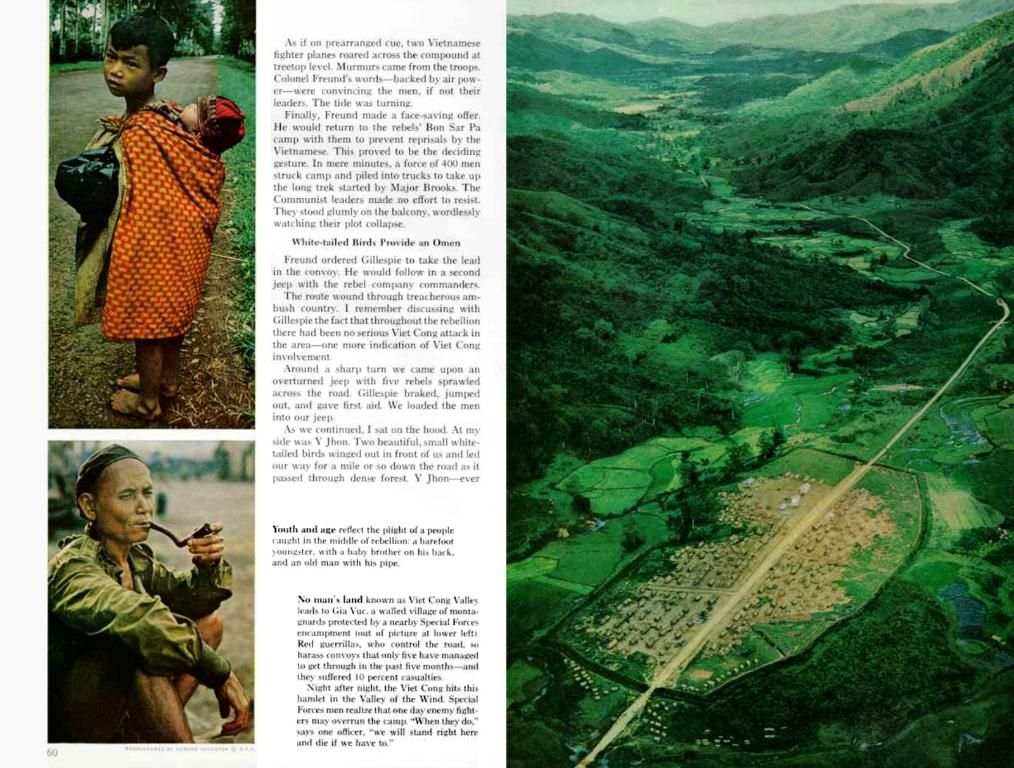Centuries of Genetic Segregation Unveiled Through Archaeological DNA Samples in Papua New Guinea
font-size:18px;font-weight: 400;line-height: 1.5;
This latest analysis of ancient DNA samples from 42 individuals who lived in Papua New Guinea and its surrounding areas around 2,600 years ago reveals that there was little interbreeding between different groups, totally isolating some communities from their neighbors.
Located in the Pacific Ocean, Papua New Guinea is the second-largest island after Greenland, and it has significantly contributed to the first voyages into the sea, culminating in the settling of remote islands across the globe. The genetic history of this isolated region, however, has been a mystery until now.
In a study led by Kathrin Nägele, an archaeogeneticist at the Max Planck Institute for Evolutionary Anthropology in Leipzig, Germany, researchers investigated ancient DNA extracts from the bones and teeth of people who lived on Papua New Guinea and the Bismarck Archipelago, northeast of the main island.
The research findings are astonishing; many of the communities in Papua New Guinea were completely separate from the others, and interbreeding took place only once in 2,100 years between two communities.
Intriguingly, the first inhabitants of the Bismarck Archipelago and the renowned Lapita people who inhabited it around 3,300 years ago did not mix genetically for centuries. However, one individual from nearly 2,100 years ago suggests intermixing may have occurred very briefly.
"Despite the co-occupation, it appears the different groups didn't mix for a long time, which is quite unusual for human encounters," study co-lead author Rebecca Kinaston, a New Zealand-based anthropologist and director of BioArch South, an archaeology and forensic anthropology consultancy, stated.
These discoveries also provide insights into the ancestry of some remote Oceanic islands, like Samoa, Tonga, and Vanuatu. According to prior research, Papuans and the Lapita culture separately traveled to these distant islands and intermarried, rather than mixing and then voyaging to these isolated locations.
"It suggests the Papuans were separately capable of remarkable seafaring," Nägele said. "The seafaring hunter-gatherers on Papua New Guinea may have been underestimated, just as hunter-gatherer societies tend to be underestimated elsewhere."
The researchers also discovered two communities on the south coast of Papua New Guinea that lived close to each other but were genetically distinct. These communities had a mix of Papuan and Southeast Asian ancestry, and one group at the Eriama site showed more Papuan ancestry, while the Nebira site had a higher proportion of Asian ancestry.
Since these two communities lived near each other and had no geographical barriers between them, it's surprising they didn't intermix for six generations. One possible explanation is that they adopted different identities, cuisines, and trading partners due to environmental differences that led to cultural diversification.
In the future, the scientists hope to collect older genetic data, as well as samples from the highlands of New Guinea and other coastal groups that didn't take part in the study.
"Papua New Guinea is such a diverse place in so many ways that we have only just begun to scrape the surface of what there is to learn about the past of the second-largest island in the world," Nägele concluded.
References
- Nägele, K., et al. (2023) Ancient DNA reveals endemic and diverse heterogeneity across Central Papua New Guinea. Nature Ecology & Evolution.
- Fullerton, S. (2018) How isolation helps us understand diversity: the Papuan case. Antiquity.
- Takahata, N., et al. (2019) Genomic evidence for a serial founder effect during the early colonization of Japan. Science.
- Coop, G., et al. (2016) Population history and phylogeography of the black-faced cicadas of Papua New Guinea. Molecular Phylogenetics and Evolution.
- The research in Papua New Guinea has shed light on the contributions of environmental science, as the study unveiled the unexpected isolation of several communities, raising questions about the factors that led to their separation.
- The advancements in technology have played a crucial role in the field of medical-conditions and space-and-astronomy, enabling scientists to analyze ancient DNA samples extracted from human remains, providing insights into the ancestry of people from various regions, such as Papua New Guinea and remote Oceanic islands.




